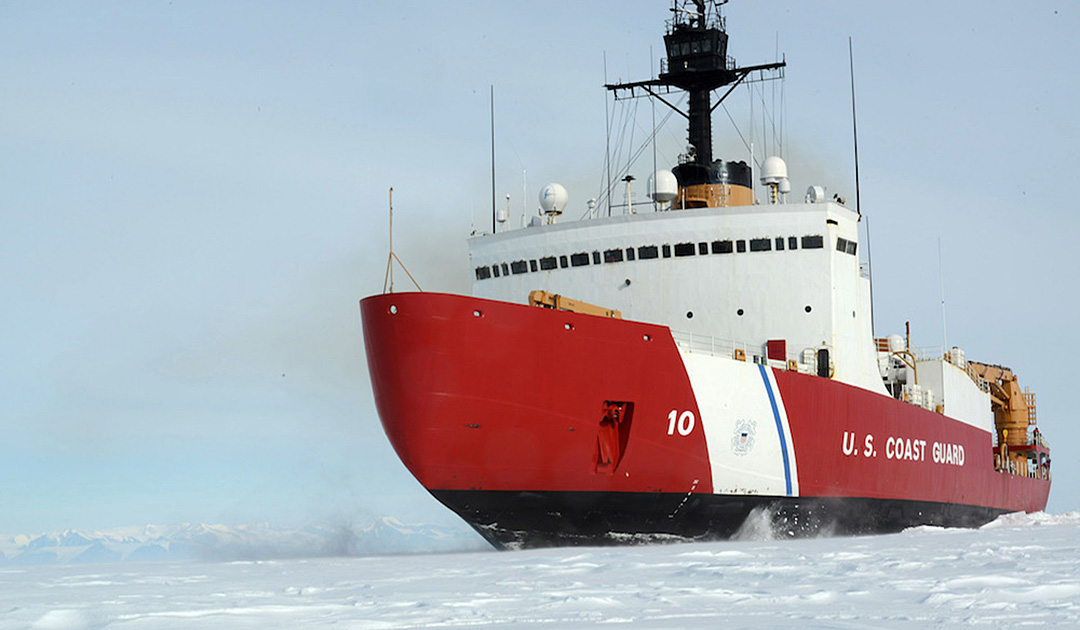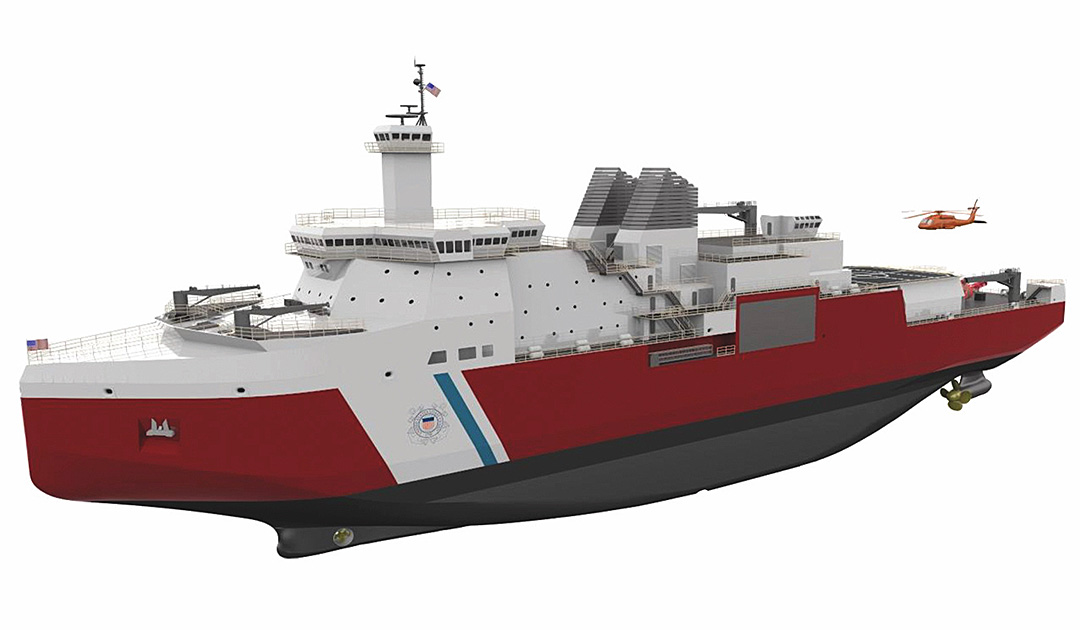
The United States Coast Guard’s icebreaker “Healy” suffered an electrical fire in its engine room, causing the starboard drive engine and the icebreaker’s shaft to fail. As a result of the fire, the ship had to cancel its Arctic mission and returned to its home port in Seattle for repairs. “As a result of the fire, all Arctic operations have been cancelled,” the Coast Guard said in a statement.

The “Healy”, the younger of the two icebreakers of the Coast Guard, was on its way back from a 26-day patrol in the Bering Strait. With Operation Arctic Shield, the US government demonstrated the US presence and influence in the Bering Sea, along the US-Russian maritime border in the Arctic.
The ship had reached Seward, south of Anchorage, when the fire broke out about 9:30 p.m. on August 18. The on-board fire brigade managed to contain the fire by 9.56pm. The cause of the fire is currently unknown.
However, the incident clearly shows how limited US resources are in the Arctic. Unlike Russia’s extensive fleet of nuclear and conventional icebreakers, the US rely only on two ships: the 44-year-old “Polar Star” and the 21-year-old “Healy”.
While the US is trying to strengthen its Arctic facilities and have ordered new icebreakers, it will take at least five years for new ships to be put into service.
Second fire in two years
This isn’t the first time a U.S. Coast Guard icebreaker has suffered from a fire on board. Just last year, a fire broke out aboard the USCG’s other icebreaker “Polar Start” while on the way to Antarctica, which required lengthy repairs to the electrical systems.

Time is pressing to replace aging icebreakers
This latest incident also highlights how US rhetoric and capabilities in the Arctic differ. Just last month, President Trump falsely boasted that the US is building the world’s largest icebreaker and wants to build 10 new ships, including nuclear icebreakers. In reality, the country relies on two outdated ships for which there will be no replacement, at least until the second half of this decade.
The good news is that work has begun on the first new heavy polar icebreaker for the United States Coast Guard in 43 years. The bad news is that it will be the first new heavy polar icebreaker for the USCG in 47 years when it is put into operation, which is expected in 2024.

At the end of World War II, the United States had seven wind-class icebreakers, the world’s most technologically advanced icebreakers.
These were gradually taken out of service. The icebreaker “Glacier” was commissioned in 1955 as an icebreaker of the U.S. Navy, handed over to the Coast Guard in 1966 and decommissioned in 1988. The two polar-class icebreakers, USCGC “Polar Star” and USCGC “Polar Sea”, were commissioned in 1976 and 1977 respectively. The “Polar Sea” has been out of service since 2010, when it suffered serious machine damage. The “Polar Star” was overhauled in 2013 and has been put back into operation. The Coast Guard also operates USCG “Healy”, a medium polar icebreaker that was commissioned in 1999 and is primarily used in the Arctic for research projects, but can also perform a variety of other Coast Guard tasks.
Heiner Kubny, PolarJournal





